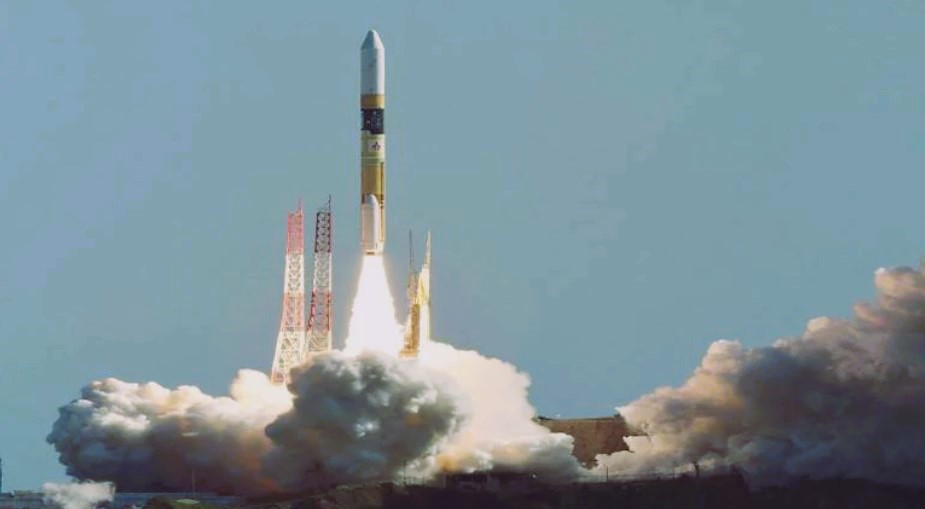Japan ready to launches 'Moon Sniper' Lunar Mission | SLIM | September, 7 2023 | early 2024
Japan's Space Agency (JAXA), expected to land on the surface of Moon in 2024, and desired to overcome his failure this time. This is long time awaited Moon's Mission and now time arrives, when Japan finally lanches spacecraft with the help of H2-A rocket...

Ready to launch moon mission and going to achieve targets. via Google Images
Indroduction:
Japan was also planning his Moon Mission and now the time arrives, when Japan is going to launch the 'Moon Sniper' lunar Mission. Japan's lunar mission is going to launch after fourteen days, when India successfully landed Chandrayaan-3 on Moon's South Pole. Thursday is the landmark day for Japan's lunar mission. Japan already announced his 'moon mission', but due to bad weather condition, they were not able to launch on time. But always says 'BETTER LATE THAN NEVER'.
Japan's Space Agency (JAXA), H2-2 Rocket, is a very reliable and sophisticated rocket, which will be landed off from the Tanegashima Space Center in Japan's southern region.
JAXA announced that H2-2 rocket is good to go and carries Japan's 'moon sniper' lander and will securely, safely and quickly land on time in about 4-6 months' timeframe. Japan's space agency expected to achieve desired goals and expectations with its challenges moon mission.
Pinpoint landing spot:
In public speaking, officials bring brief details about Japan's Lander and explained that Smart Lander for Investigating Moon (SLIM) is well designed and programmed that it will be landed within 100 meters (328 feet) on the surface of Moon and achieve a predefined landing point on the Moon. It is always challenging for scientists to determine the landing point and mark the lander very specifically about the target on the moon. Expectation is very high, and goals are achievable for Japan's Moon Mission.
Before launching, JAXA said that SLIM is so well designed that it will work like a human and will be able to land as per their milestone, not just any place where it is easy to land.
It is globally known and proofed that there is no such example or instances recorded, where we can see the exact landing on such a condition like the moon surface and specially such gravity forces exist on the moon.
There are also other Agencies, who are also part of this Mission, JAXA, NASA and the European Space Agency, who looking forward with Japan's Moon Mission and giving their expertise in developing and designing research satellites.
The vital role and mission of this developed research satellite is to examine and finding the gas plasma-wind, which spread all over the surface and environment of Moon and Universe. This would be the chance to gather the facts and knowledge about the mass and energy of the Moon. In addition to that we can understand, how celestial objects evolve and made all over the years.
Hopes for success among earlier failed missions:
Japan's Landing-Attempts on Moon's surface went wrong. Even last year, Omotenashi, the world's smallest Moon lander, lost contact and disappeared in Space. Japan learnt from failures and came up with a new space mission with a more developed and effective approach and determined for success among their failures. This time, Japan is hoping, that they will land successfully on Moon's surface and they will achieve their planned goals and milestones.
Japan is also a special and advance place in the world, where private space agencies trying to start their start-ups like iSpace and contribute their efforts in space exploration. BUT in April, iSpace failed in a desirable approach to the Space and explore Moon. In this right direction, iSpace becomes the first private company to land on the Moon.
Space agencies of US, Russia and China have successful mission on Moon, who have been landed on the Moon safely and securely with their powerful Spacecraft. India is the first country, whose space agency named ISRO, spacecraft called Chandrayaan-3, successfully achieved landing on the Moons' South Pole.



